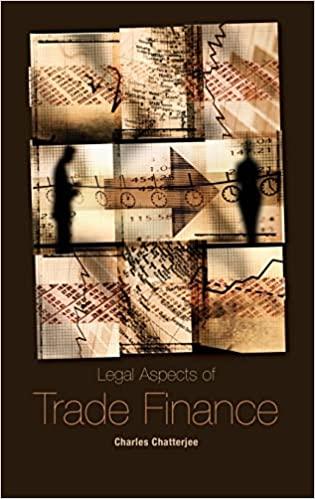Problem 16-3 A 9-year bond has a yield of 9% and a duration of 7.386 years. If the market yield changes by 60 basis points, what is the percentage change in the bond's price? (Do not round Intermediate calculations. Negative value should be indicated by a minus sign. Round your answer to 2 decimal places.) The percentage change in the bond's price is Problem 16-4 a. Find the duration of a 6.4% coupon bond making annual coupon payments if it has three years until maturity and has a yield to maturity of 6.4%. Note: The face value of the bond is $1,000. (Do not round intermediate calculations. Round your answers to 3 decimal places.) 6.4% YTM years b. What is the duration if the yield to maturity is 10%? Note: The face value of the bond is $1,000. (Do not round Intermediate calculations. Round your answers to 3 decimal places.) 10% YTM years Problem 16-5 Find the duration of a 5.8% coupon bond making semiannually coupon payments if it has three years until maturity and has a yield to maturity of 6.0%. What is the duration if the yield to maturity is 8.0%? Note: The face value of the bond is $100. (Do not round Intermediate calculations. Round your answers to 4 decimal places.) Years 6% YTM 8% YTM Years Problem 16-9 An insurance company must make payments to a customer of $9 million in one year and $6 million in six years. The yield curve is flat at 7% a. If it wants to fully fund and immunize its obligation to this customer with a single issue of a zero-coupon bond, what maturity bond must it purchase? (Do not round intermediate calculations. Round your answer to 4 decimal places.) Maturity of zero coupon bond years b. What must be the face value and market value of that zero-coupon bond? (Do not round intermediate calculations. Enter your answers in millions rounded to 2 decimal places.) Face value million Market value million Problem 16-12 You will be paying $8,400 a year in tuition expenses at the end of the next two years. Bonds currently yield 10%. a. What is the present value and duration of your obligation? (Do not round intermediate calculations. Round "Present value" to 2 decimal places and "Duration" to 4 decimal places.) Present value Duration years b. What maturity zero-coupon bond would immunize your obligation? (Do not round intermediate calculations. Round "Duration" to 4 decimal places and "Face value" to 2 decimal places.) I years Duration Face value c. Suppose you buy a zero-coupon bond with value and duration equal to your obligation. Now suppose that rates immediately Increase to 11%. What happens to your net position, that is, to the difference between the value of the bond and that of your tuition obligation? (Do not round intermediate calculations. Input the amount as a positive value. Round your answer to 2 decimal places.) Net position in value by d. What if rates fall immediately to 9%? (Do not round Intermediate calculations. Input the amount as a positive value. Round your answer to 2 decimal places.) Net position in value by Problem 16-13 Pension funds pay lifetime annuities to recipients. If a firm will remain in business indefinitely, the pension obligation will resemble a perpetuity. Suppose, therefore, that you are managing a pension fund with obligations to make perpetual payments of $1.3 million per year to beneficiaries. The yield to maturity on all bonds is 14.0%. a. If the duration of 5 year maturity bonds with coupon rates of 10.0% (paid annually) is four years and the duration of 20-year maturity bonds with coupon rates of 5% (paid annually) is 11 years, how much of each of these coupon bonds (in market value) will you want to hold to both fully fund and immunize your obligation? (Do not round intermediate calculations. Enter your answers in millions rounded to 1 decimal place.) million 5-year bond 20-year bond million b. What will be the par value of your holdings in the 20-year coupon bond? (Do not round intermediate calculations. Enter your answer in millions rounded to 2 decimal places.) Par value million













